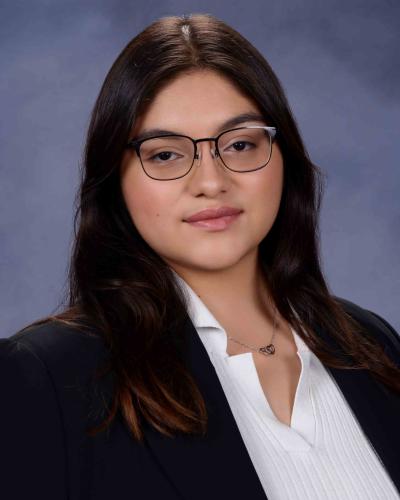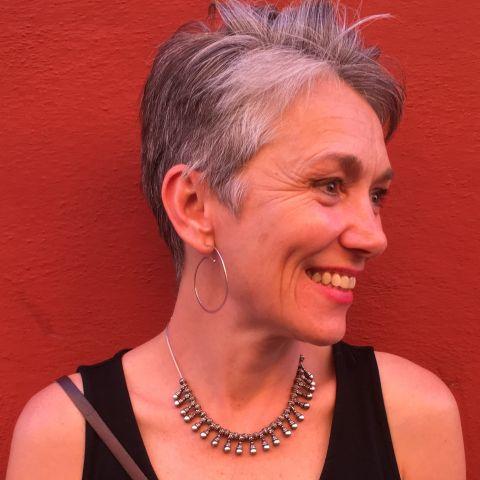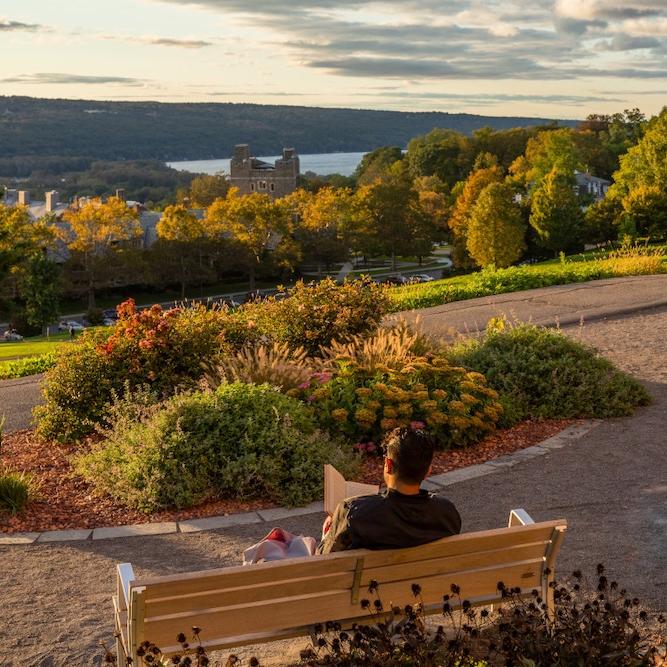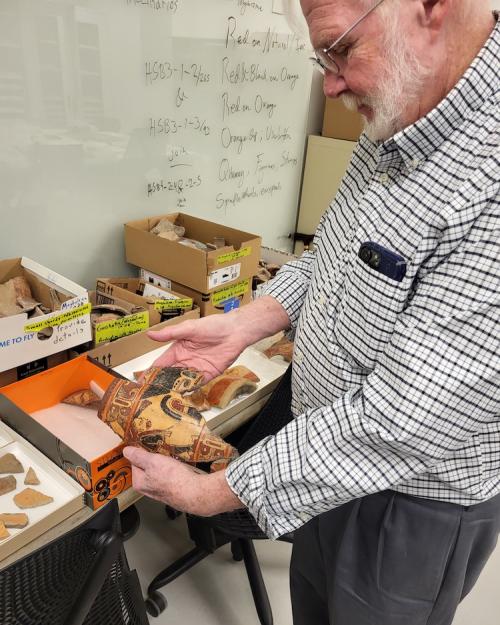Woven Indigenous art from Brazil, ceramics excavated from the Treman State Park area, stone tools, animal bones: a wide variety of objects from vast spans of time contribute to the study of the human condition undertaken by the Department of Anthropology in the College of Arts and Sciences (A&S). A new Anthropology Collaboratory, set to open with an event on May 14 from 1:30-3:00 p.m., gathers many of the university’s anthropology collections and laboratories together in one place in Olin Library.
The Collaboratory consolidates several entities previously housed throughout McGraw Hall, which is being renovated.
“We saw this as an exciting opportunity to bring the labs and Collections together with shared facilities, especially compact storage, and improved layouts,” said Nerissa Russell, professor and chair of anthropology (A&S). “We were really excited when the Cornell University Library agreed to host us in the basement of Olin Library because that promises synergies that we are starting to explore and greater visibility with a study area right outside.”
A walled-off complex in the lower level of Olin Library, the Collaboratory includes: the Anthropology and Cornell Institute of Archaeology & Material Studies (CIAMS) Collections; the Artifact Processing Lab; the Mesoamerican Archaeology Lab, the Hodinǫ̱hsǫ́:nih Archaeology Lab; the Evolutionary Anthropology Lab; and the Human and Animal Bones Lab (HABLab) complex made up of bioarchaeology and zooarchaeology research labs and a shared teaching lab.

Cornell’s anthropology collections are very eclectic, said Alison Rittershaus, lecturer and curator of the Anthropology Collections (A&S), and include ancient Egyptian material, Greek and Roman antiquities, and material from Peru that highlights the diversity of its ancient peoples – Ica, Nazca and Inca. The collections also include ethnographic material from the Philippines, Hmong clothing, art from Zambia, and Danish Neolithic material collected by Cornell’s first president, A.D. White.
“Being able to store all that material together allows us to see what we have,” said Rittershaus, whose main focus this year is organizing and completely cataloguing all the collections for the first time in their history. “Filling in those gaps so we have a comprehensive inventory, then sharing that to make our collections more accessible, is a huge step.”
Collaboratory faculty members will be on site during the May 14 open house to share their labs and collections with guests, including Sherene Baugher, professor of anthropology emerita; John Henderson, professor of anthropology; Kurt Jordan, professor of anthropology; Matthew Velasco, assistant professor of anthropology; Rittershaus; and Russell.
“It is important that we are all clustered together,” Russell said. “We also anticipate that our prominent location next to a study area will intrigue students who had not thought about anthropology or archaeology to take our courses.”
The outer wall that’s visible in Olin Library, still under development, will feature display cases, a digital screen, and a mural, as well as a directory listing the labs and collections.
There is also a lab designated for a future faculty member, a kitchenette, the office of the collections curator and ample compact storage – a key feature.
The Anthropology and CIAMS Collections have three spaces within the Collaboratory, in addition to the curator’s office, Rittershaus said: a classroom that captures the meeting of old and new in display cases brought from McGraw, and up-to-date technology; a curatorial research space with worktables, a photography set-up, and additional object storage; and half of the Collaboratory’s compact storage.
“This is a huge improvement over the old space, which was one room with a loft and did not provide enough storage space to support multiple projects at once or to store all of the materials securely in a way that maximizes their preservation for teaching purposes,” Rittershaus said.
It’s important to have classrooms located so close to collections, she said. The collections should support as much teaching as possible.
Although it is anthropology space, CIAMS is also involved, and the Collections and classes taught in the labs draw students from across the university, Russell said.
Plans for the Collaboratory (a name that combines “collections” and “laboratories” with a nod to “collaboration”) began three years ago, in conjunction with the plan to renovate McGraw Hall, original home to the Anthropology and CIAMS Collections.
“The Collections go back to the original University Museum, which was located in McGraw Hall,” Russell said. “It was slowly broken up and dispersed, with our Collections the only remnant still in the building through last year.”
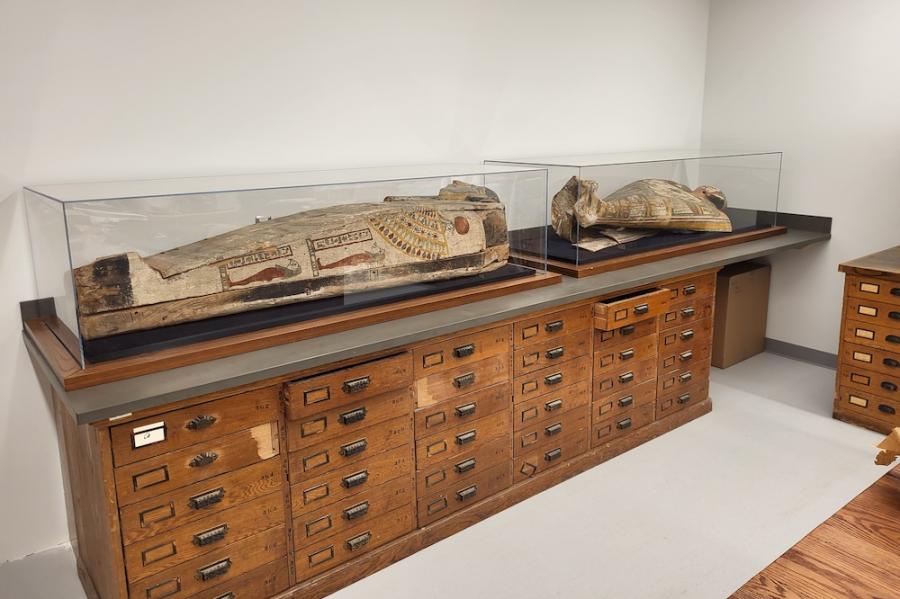
The project planners preserved some of the millwork from the old Collections space and brought it into the new ones – counters and banks of drawers that formed part of the original University Museum’s display vitrines and storage.
“While McGraw Hall will no longer have much evidence of its former life as a museum,” Rittershaus said, “the Collaboratory is given some warmth and atmosphere by incorporating some of the old fixtures that have been around since the early days.”

